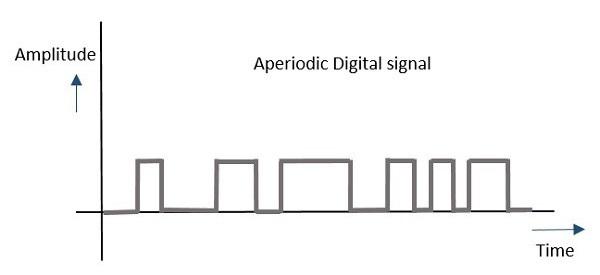Analog Communication - Introduction
The word communication arises from the Latin word commūnicāre, which means “to share”. Communication is the basic step for exchange of information.
For example, a baby in a cradle, communicates with a cry when she needs her mother. A cow moos loudly when it is in danger. A person communicates with the help of a language. Communication is the bridge to share.
Communication can be defined as the process of exchange of information through means such as words, actions, signs, etc., between two or more individuals.
Parts of a Communication System
Any system, which provides communication consists of the three important and basic parts as shown in the following figure.

Sender is the person who sends a message. It could be a transmitting station from where the signal is transmitted.
Channel is the medium through which the message signals travel to reach the destination.
Receiver is the person who receives the message. It could be a receiving station where the transmitted signal is being received.
Types of Signals
Conveying an information by some means such as gestures, sounds, actions, etc., can be termed as signaling. Hence, a signal can be a source of energy which transmits some information. This signal helps to establish a communication between the sender and the receiver.
An electrical impulse or an electromagnetic wave which travels a distance to convey a message, can be termed as a signal in communication systems.
Depending on their characteristics, signals are mainly classified into two types: Analog and Digital. Analog and Digital signals are further classified, as shown in the following figure.

Analog Signal
A continuous time varying signal, which represents a time varying quantity can be termed as an Analog Signal. This signal keeps on varying with respect to time, according to the instantaneous values of the quantity, which represents it.
Example
Let us consider a tap that fills a tank of 100 liters capacity in an hour (6 AM to 7 AM). The portion of filling the tank is varied by the varying time. Which means, after 15 minutes (6:15 AM) the quarter portion of the tank gets filled, whereas at 6:45 AM, 3/4th of the tank is filled.
If we try to plot the varying portions of water in the tank according to the varying time, it would look like the following figure.

As the result shown in this image varies (increases) according to time, this time varying quantity can be understood as Analog quantity. The signal which represents this condition with an inclined line in the figure, is an Analog Signal. The communication based on analog signals and analog values is called as Analog Communication.
Digital Signal
A signal which is discrete in nature or which is non-continuous in form can be termed as a Digital signal. This signal has individual values, denoted separately, which are not based on the previous values, as if they are derived at that particular instant of time.
Example
Let us consider a classroom having 20 students. If their attendance in a week is plotted, it would look like the following figure.

In this figure, the values are stated separately. For instance, the attendance of the class on Wednesday is 20 whereas on Saturday is 15. These values can be considered individually and separately or discretely, hence they are called as discrete values.
The binary digits which has only 1s and 0s are mostly termed as digital values. Hence, the signals which represent 1s and 0s are also called as digital signals. The communication based on digital signals and digital values is called as Digital Communication.
Periodic Signal
Any analog or digital signal, that repeats its pattern over a period of time, is called as a Periodic Signal. This signal has its pattern continued repeatedly and is easy to be assumed or to be calculated.
Example
If we consider a machinery in an industry, the process that takes place one after the other is a continuous procedure. For example, procuring and grading the raw material, processing the material in batches, packing a load of products one after the other, etc., follows a certain procedure repeatedly.
Such a process whether considered analog or digital, can be graphically represented as follows.

Aperiodic Signal
Any analog or digital signal, that doesn’t repeat its pattern over a period of time is called as Aperiodic Signal. This signal has its pattern continued but the pattern is not repeated. It is also not so easy to be assumed or to be calculated.
Example
The daily routine of a person, if considered, consists of various types of work which take different time intervals for different tasks. The time interval or the work doesn’t continuously repeat. For example, a person will not continuously brush his teeth from morning to night, that too with the same time period.
Such a process whether considered analog or digital, can be graphically represented as follows.


In general, the signals which are used in communication systems are analog in nature, which are transmitted in analog or converted to digital and then transmitted, depending upon the requirement.









